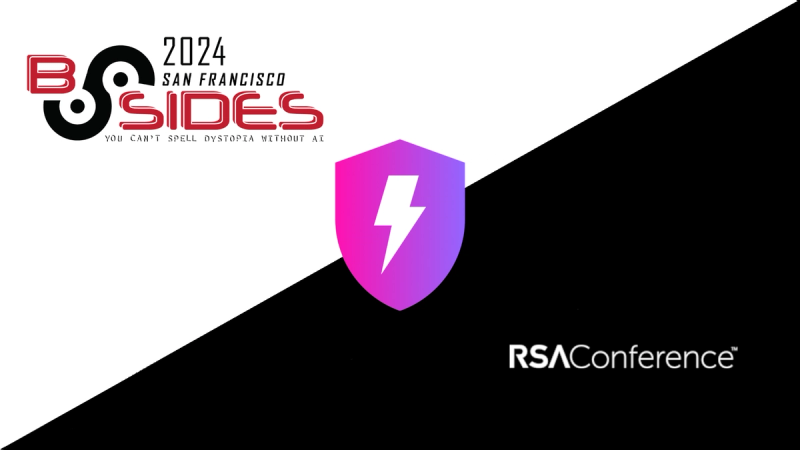
Terminal string styling done right






Highlights
Install
$ npm install chalk
Usage
const chalk = require('chalk');
console.log(chalk.blue('Hello world!'));
Chalk comes with an easy to use composable API where you just chain and nest the styles you want.
const chalk = require('chalk');
const log = console.log;
log(chalk.blue('Hello') + 'World' + chalk.red('!'));
log(chalk.blue.bgRed.bold('Hello world!'));
log(chalk.blue('Hello', 'World!', 'Foo', 'bar', 'biz', 'baz'));
log(chalk.red('Hello', chalk.underline.bgBlue('world') + '!'));
log(chalk.green(
'I am a green line ' +
chalk.blue.underline.bold('with a blue substring') +
' that becomes green again!'
));
log(`
CPU: ${chalk.red('90%')}
RAM: ${chalk.green('40%')}
DISK: ${chalk.yellow('70%')}
`);
log(chalk`
CPU: {red ${cpu.totalPercent}%}
RAM: {green ${ram.used / ram.total * 100}%}
DISK: {rgb(255,131,0) ${disk.used / disk.total * 100}%}
`);
log(chalk.keyword('orange')('Yay for orange colored text!'));
log(chalk.rgb(123, 45, 67).underline('Underlined reddish color'));
log(chalk.hex('#DEADED').bold('Bold gray!'));
Easily define your own themes:
const chalk = require('chalk');
const error = chalk.bold.red;
const warning = chalk.keyword('orange');
console.log(error('Error!'));
console.log(warning('Warning!'));
Take advantage of console.log string substitution:
const name = 'Sindre';
console.log(chalk.green('Hello %s'), name);
API
chalk.<style>[.<style>...](string, [string...])
Example: chalk.red.bold.underline('Hello', 'world');
Chain styles and call the last one as a method with a string argument. Order doesn't matter, and later styles take precedent in case of a conflict. This simply means that chalk.red.yellow.green is equivalent to chalk.green.
Multiple arguments will be separated by space.
chalk.enabled
Color support is automatically detected, as is the level (see chalk.level). However, if you'd like to simply enable/disable Chalk, you can do so via the .enabled property.
Chalk is enabled by default unless expicitly disabled via the constructor or chalk.level is 0.
If you need to change this in a reusable module, create a new instance:
const ctx = new chalk.constructor({enabled: false});
chalk.level
Color support is automatically detected, but you can override it by setting the level property. You should however only do this in your own code as it applies globally to all Chalk consumers.
If you need to change this in a reusable module, create a new instance:
const ctx = new chalk.constructor({level: 0});
Levels are as follows:
- All colors disabled
- Basic color support (16 colors)
- 256 color support
- Truecolor support (16 million colors)
chalk.supportsColor
Detect whether the terminal supports color. Used internally and handled for you, but exposed for convenience.
Can be overridden by the user with the flags --color and --no-color. For situations where using --color is not possible, add the environment variable FORCE_COLOR=1 to forcefully enable color or FORCE_COLOR=0 to forcefully disable. The use of FORCE_COLOR overrides all other color support checks.
Explicit 256/Truecolor mode can be enabled using the --color=256 and --color=16m flags, respectively.
Styles
Modifiers
resetbolddimitalic (Not widely supported)underlineinversehiddenstrikethrough (Not widely supported)visible (Text is emitted only if enabled)
Colors
blackredgreenyellowblue (On Windows the bright version is used since normal blue is illegible)magentacyanwhitegray ("bright black")redBrightgreenBrightyellowBrightblueBrightmagentaBrightcyanBrightwhiteBright
Background colors
bgBlackbgRedbgGreenbgYellowbgBluebgMagentabgCyanbgWhitebgBlackBrightbgRedBrightbgGreenBrightbgYellowBrightbgBlueBrightbgMagentaBrightbgCyanBrightbgWhiteBright
Tagged template literal
Chalk can be used as a tagged template literal.
const chalk = require('chalk');
const miles = 18;
const calculateFeet = miles => miles * 5280;
console.log(chalk`
There are {bold 5280 feet} in a mile.
In {bold ${miles} miles}, there are {green.bold ${calculateFeet(miles)} feet}.
`);
Blocks are delimited by an opening curly brace ({), a style, some content, and a closing curly brace (}).
Template styles are chained exactly like normal Chalk styles. The following two statements are equivalent:
console.log(chalk.bold.rgb(10, 100, 200)('Hello!'));
console.log(chalk`{bold.rgb(10,100,200) Hello!}`);
Note that function styles (rgb(), hsl(), keyword(), etc.) may not contain spaces between parameters.
All interpolated values (chalk`${foo}`) are converted to strings via the .toString() method. All curly braces ({ and }) in interpolated value strings are escaped.
256 and Truecolor color support
Chalk supports 256 colors and Truecolor (16 million colors) on supported terminal apps.
Colors are downsampled from 16 million RGB values to an ANSI color format that is supported by the terminal emulator (or by specifying {level: n} as a Chalk option). For example, Chalk configured to run at level 1 (basic color support) will downsample an RGB value of #FF0000 (red) to 31 (ANSI escape for red).
Examples:
chalk.hex('#DEADED').underline('Hello, world!')chalk.keyword('orange')('Some orange text')chalk.rgb(15, 100, 204).inverse('Hello!')
Background versions of these models are prefixed with bg and the first level of the module capitalized (e.g. keyword for foreground colors and bgKeyword for background colors).
chalk.bgHex('#DEADED').underline('Hello, world!')chalk.bgKeyword('orange')('Some orange text')chalk.bgRgb(15, 100, 204).inverse('Hello!')
The following color models can be used:
rgb - Example: chalk.rgb(255, 136, 0).bold('Orange!')hex - Example: chalk.hex('#FF8800').bold('Orange!')keyword (CSS keywords) - Example: chalk.keyword('orange').bold('Orange!')hsl - Example: chalk.hsl(32, 100, 50).bold('Orange!')hsv - Example: chalk.hsl(32, 1, 1).bold('Orange!')hwb - Example: chalk.hsl(32, 0, 50).bold('Orange!')ansi16ansi256
Windows
If you're on Windows, do yourself a favor and use cmder instead of cmd.exe.
Origin story
colors.js used to be the most popular string styling module, but it has serious deficiencies like extending String.prototype which causes all kinds of problems and the package is unmaintained. Although there are other packages, they either do too much or not enough. Chalk is a clean and focused alternative.
Related
Maintainers
License
MIT








